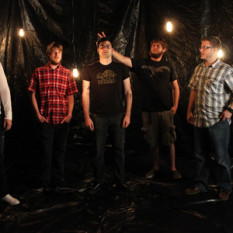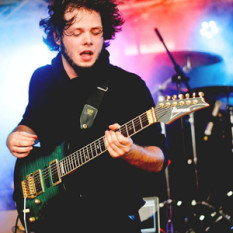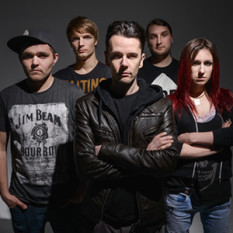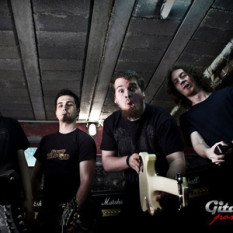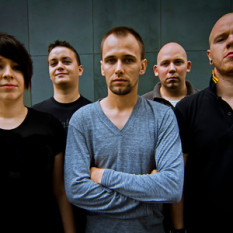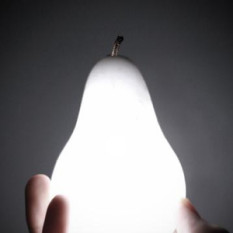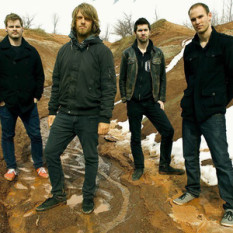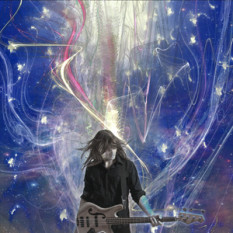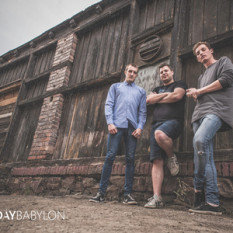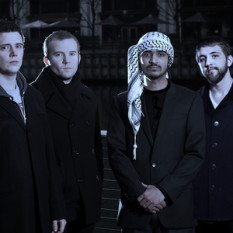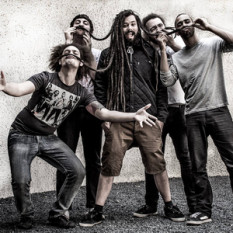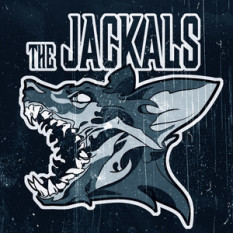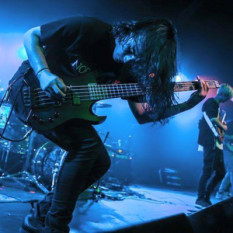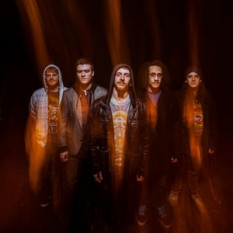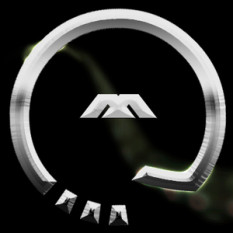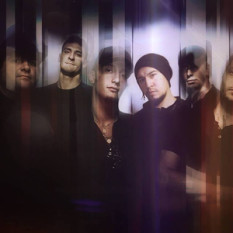General description
Djent is a genre in the underground metal scene. The word "djent" is an onomatopoeia for a heavily palm-muted, distorted guitar chord. It is generally considered to have been made popular by Fredrik Thordendal of Meshuggah.[1] Typically, the word is used to refer to music that makes use of this sound, to the sound itself, or to the scene that revolves around it. Its meaning is the subject of much debate, and there is some controversy in regards to its classification as a new subgenre. The Internet has been key to the development and distribution of djent music, with websites such as got-djent.com, SoundCloud and the guitar forum sevenstring.org playing a large part in creating fanbases for many more popular djent bands such as Periphery.
Musicians
Although Meshuggah are typically credited as the fathers of djent, bands and musicians considered to have instigated the birth of the modern djent scene are Periphery, TesseracT, Chimp Spanner, Vildhjarta and the now defunct band Fellsilent. Other bands of the scene are Monuments, Volumes, and The Contortionist. Some progressive metal bands that are not part of the scene have some similar characteristics, and are also sometimes referred to as djent. These include Textures, SikTh, Born of Osiris, After the Burial, Mnemic, Veil of Maya, Animals as Leaders and Meshuggah themselves. Djent guitarists and bassists typically use extended range instruments in extremely low tunings, another influence of Meshuggah.
Characteristics
While the origin of the word is generally agreed upon, its precise meaning is contested and it is used in a variety of different ways.
Sound
Djent, in its original meaning, is simply a short, metallic, palm-muted sound made by an electric guitar using mid to high range gain. The guitars often have a very prominent midrange tone and the bass guitar usually has a distorted tone focused towards the low frequencies. Another type of sound often referred to as djent is achieved by low tuned, open note syncopated riffing, often used during a breakdown for more metalcore influenced bands.
Style
Djent is also used as a stylistic grouping of bands that incorporate these sounds into their music. It is argued by many that this grouping constitutes a new subgenre of metal, but equally many are vehemently opposed to this notion.
Djent drumming is often characterized by complex polyrhythmic patterns, with the snare often maintaining a 4/4 pulse, while the bass drum follows the rhythmic patterns of the guitar playing. Djent drumming is very well known for its likeness to jazz in the sense of its use of numerous ghost notes and its steady pulse (usually on the hi-hat). Djent drummers include Matt Halpern of Periphery, Tomas Haake of Meshuggah, and Navene Koperweiz of Animals as Leaders.
Though djent incorporates heavy and polyrhythmic guitar riffs, polyrhythmic drum beats, and harsh vocals, it also incorporates ambient, melodic passages, utilizing clean and chorused guitar tones and conventionally sung vocals. Some djent artists are instrumental, such as Animals as Leaders and Chimp Spanner.
As a style descriptor, it describes music that makes use of the palm-muted chord that the word originally referred to. This leaves room for various other musical qualities, with only one element that remains consistent across bands and songs. Many modern progressive metal bands have been associated with the genre when their use of the chord is in fact limited. This seems to be in accordance with the typical evolution of a musical genre.[2] Modern progressive metal bands may be mislabeled as Djent simply because Djent bands take much influence from the progressive metal genre, meaning that these bands share many stylistic traits such as odd time signatures, technically challenging and complex instrumentation and unclean vocals. Recent trends also tend to feature generous use of keyboards, ambient sounds, minimal-to-extensive use of synthesizers and programmed electronics, heavy digital processing and the addition of elements found in jazz fusion. .

